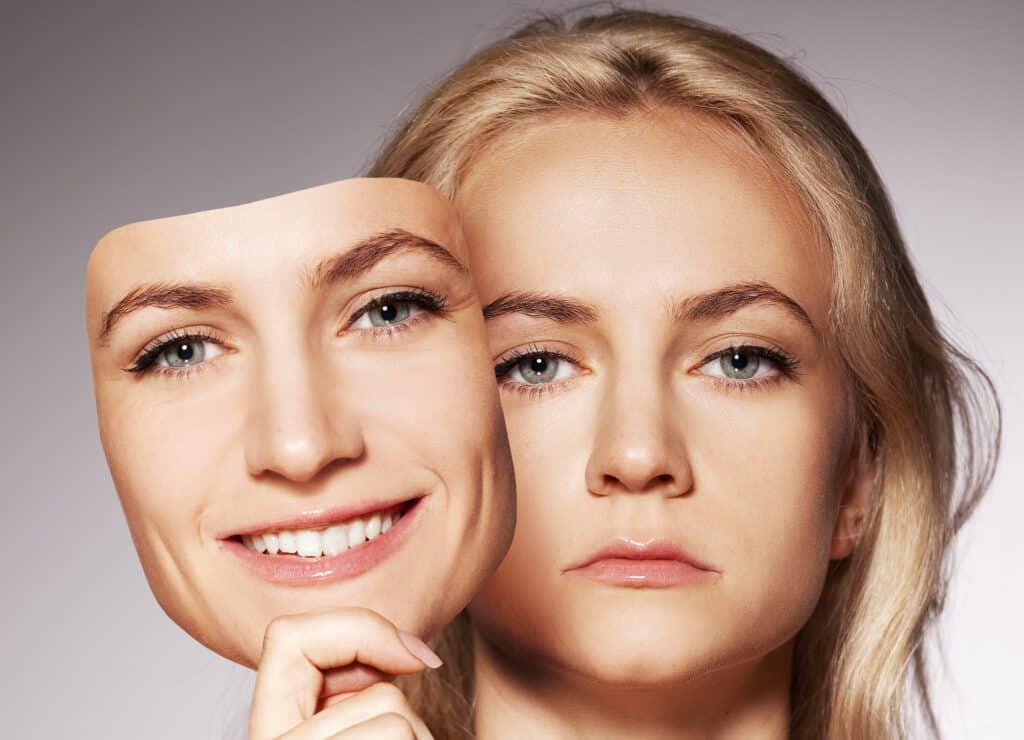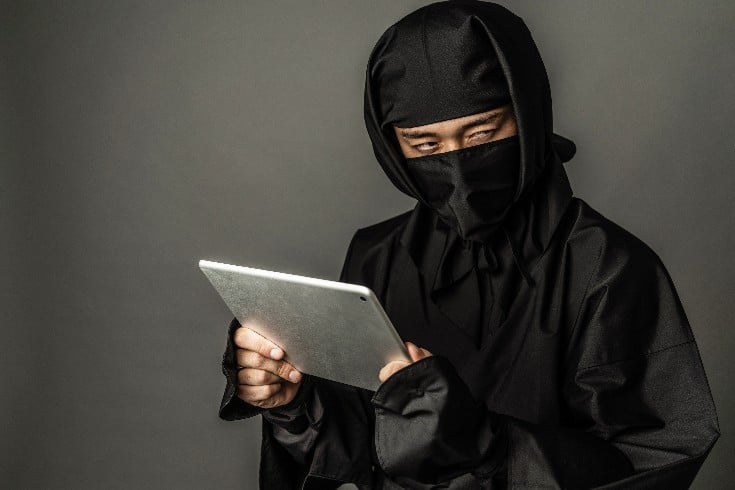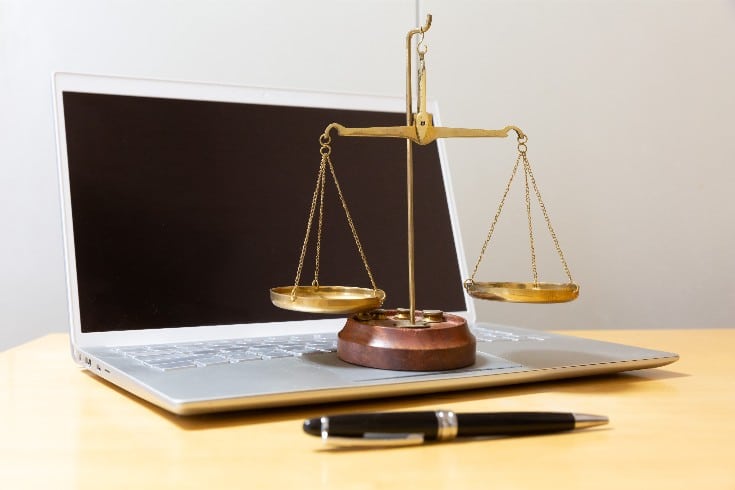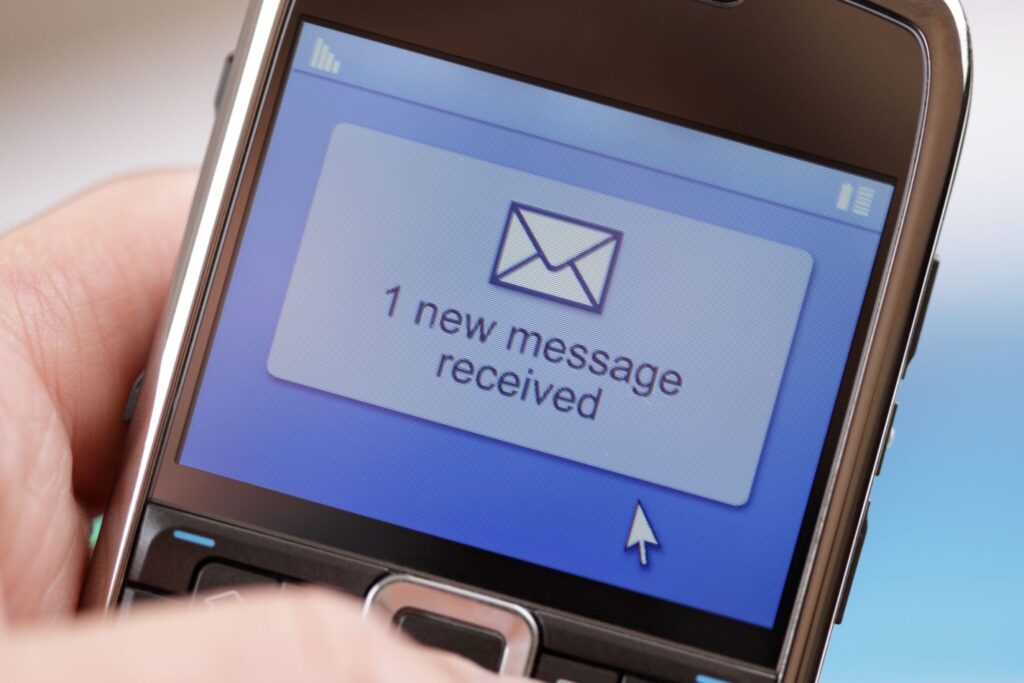Impersonation on Twitter and Infringement of Portrait Rights

What should you do if a so-called “impersonation account” appears on Twitter, using your face photo and other personal information without permission?
There are frequent issues with impersonation accounts on Twitter, where various posts are made, causing serious inconvenience. In this article, we will explain how to deal with impersonation accounts on Twitter.
When an Impersonation Account is Created
Mr. A created a Twitter account with the name (nickname) “〇〇” and the username “@ZZZ”. He used his own face as the profile picture and posted about his daily life and his hobby of music.
However, an impersonation account was created using the same name (nickname) “〇〇”, username “@ZZZZ”, and Mr. A’s face as the profile picture. This account began to harass others by repeatedly posting defamatory comments and obscene pictures.
In this case, what measures can Mr. A take against this impersonation?
What is the Right of Publicity?
When your image is used without your permission on the internet, it is usually considered a violation of your right of publicity.
The “right of publicity” refers to the “right not to have one’s appearance or likeness photographed and published without consent.” Unlike copyright, it is not explicitly codified, but it is a right that has been established through case law.
https://monolith.law/reputation/portraitrights-onthe-internet[ja]
Many people misunderstand this, but the right of publicity is not the right to say “do not post my face photo without permission.” Even if someone creates a Twitter account using Mr. A’s face photo as a profile picture, it does not immediately constitute a “violation of the right of publicity.”
In a judgment by the Osaka District Court on February 8, 2016 (Heisei 28), which was quoted in another article on our site, the court recognized the defendant’s account as impersonation, stating, “The defendant used the plaintiff’s face photo as a profile picture and used a name (the handle name in this case) that parodied the plaintiff’s real name, “B,” as the account display name. Therefore, the post can be recognized as a post made by a third party pretending to be the plaintiff.”
https://monolith.law/reputation/spoofing-dentityright[ja]
The judgment further stated, “The plaintiff’s face photo used as the profile picture of the account in question was uploaded by the plaintiff himself as his profile picture when he registered on the site about five years ago. Since it was published on an SNS site where an unspecified number of people are expected to view it, it cannot be recognized that the plaintiff’s right to privacy was violated by its use, and since the plaintiff’s face photo was published by the plaintiff himself, it cannot be recognized that the plaintiff’s right of publicity was violated by the post.”
In other words, just using someone else’s face photo as a profile picture and impersonating them does not constitute a violation of privacy rights or the right of publicity.
Tort of Infringement of Portrait Rights
A man residing in Nagano Prefecture filed a lawsuit seeking damages from a man in Hirakata City, Osaka Prefecture, claiming that his portrait rights had been violated due to posts made on a bulletin board impersonating him. The verdict was delivered on August 30, 2017 (Heisei 29), and the Osaka District Court ordered the defendant to pay damages.
The court recognized the defendant’s repeated posts using the same account name and the plaintiff’s face photo as impersonation of the plaintiff. It was also noted that these posts were all insulting and abusive to others, giving third parties the false impression that the plaintiff was a person who insults and abuses others without reason. Therefore, it was acknowledged that the plaintiff’s reputation had been damaged, infringing upon his right to honor.
On the other hand, regarding the infringement of privacy rights, the plaintiff had set the face photo used by the defendant as his own profile picture, and had placed it in a public domain accessible to an unspecified number of people. Therefore, it was judged that it does not correspond to “facts or information about private life that one does not want to be known to others”, and the same judgment as previous cases was made.
However, regarding the portrait rights, the defendant used the plaintiff’s face photo as the profile picture of the account in question and made posts that would lower the plaintiff’s social evaluation. Therefore, it was not possible to recognize the legitimacy of the defendant’s use of the plaintiff’s portrait, and it was acknowledged that the defendant had infringed upon the benefits related to the plaintiff’s sense of honor tied to his portrait rights.
The judgment stated that although the use of the plaintiff’s face photo, which had already been made public, in the impersonation account did not infringe upon the privacy rights, the defendant made posts that would lower the plaintiff’s social evaluation. Therefore, it was judged that “it is not possible to recognize the legitimacy of the defendant’s use of the plaintiff’s portrait, and it has infringed upon the benefits related to the plaintiff’s sense of honor tied to his portrait rights”.
Even if the portrait was placed in a public domain accessible to an unspecified number of people, if the legitimacy of the use of the portrait cannot be recognized, in other words, if it is used with the intention of misuse, it is possible to sue for infringement of the benefits related to the sense of honor tied to the portrait rights, and the likelihood of being recognized has increased.
What is Copyright?

In the Japanese Copyright Law, “copyright” is defined as the intellectual property rights that arise for “works that creatively express thoughts or feelings and belong to the fields of literature, academia, art, or music (the ‘works’ in Article 2, Paragraph 1, Item 1 of the Copyright Law)”. Naturally, this applies to photographic works as well.
The rights of the author are divided into two: the “copyright (property rights)” that protects financial interests, and the “moral rights of the author” that protects personal interests. The former prevents the unauthorized use of the work by anyone other than the author. In other words, it is the right to say, “Do not publish the photos I took without permission.” Unlike patents that must be registered, this right arises as soon as the work is created.
If the profile picture of your account is a photo you took yourself, it can be said that there may be cases where you can claim copyright infringement as the photographer.
Right to Request Deletion and IP Disclosure
If an impersonation account can be deemed “illegal”, you can request its deletion. However, it is expected that individuals who create such accounts will not stop at one attempt, but will repeatedly create impersonation accounts and continue to harass others.
Therefore, in order to impose a penalty, it is necessary to identify the perpetrator. Even if you inquire with Twitter, it is generally assumed that they will not disclose this information.
You will need to use the court procedures outlined below.
Apply for a Provisional Disposition for Disclosure of Sender Information

First, you need to apply to the court for a “provisional disposition for the disclosure of sender information” against Twitter, to disclose the IP address and timestamp.
If you can prove the existence of the right to be preserved and the fact of the right infringement, the court will issue a disclosure order to Twitter for the perpetrator’s IP address and timestamp. Once the provisional disposition order is issued, Twitter will promptly disclose the information.
Apply for a Provisional Disposition to Prohibit the Deletion of Sender Information
Once the IP address and timestamp are disclosed, you can identify the provider used by the poster.
Once the provider is identified, you will proceed with a lawsuit against them, but before that, you should apply for a “provisional disposition to prohibit the deletion of sender information”.
Providers and telecommunications companies usually delete information about the sender about 3 to 6 months after the post is made. Even if a disclosure order is issued after that, you cannot identify the perpetrator if they say “we can’t disclose information that doesn’t exist”. Therefore, you need to apply for a provisional disposition to prohibit the deletion of information before initiating a lawsuit, in order to preserve the information.
However, while information on the internet is complex, this “provisional disposition to prohibit the deletion of sender information” is not always necessary. Some providers and telecommunications companies will comply with this preservation request even without a provisional disposition, if you simply ask them to “preserve the log as we are about to initiate a lawsuit”. Which providers and telecommunications companies will agree to such negotiations is within the realm of “know-how” possessed by lawyers and others who deal with reputational damage measures on a daily basis, so it is recommended to consult early.
Initiate a Lawsuit for Disclosure of Sender Information
Once the information is preserved by the provisional disposition, you will file a request to the court for the disclosure of sender information from the provider.
It is less burdensome in terms of time and cost to voluntarily receive disclosure, so you first request the provider to voluntarily disclose the poster’s name, address, etc., but usually, this is often refused, and you will need to file a lawsuit.
If you can provide proper proof, the court will issue an order to the provider to disclose the poster’s information. Once the poster’s name, address, phone number, and email address are disclosed, you can identify the impersonator.
The process of identifying the poster through the above steps is quite complex. We have detailed explanations about these in separate articles.
https://monolith.law/reputation/disclosure-of-the-senders-information[ja]
Responding to Impersonators
If you can identify an impersonator, you can demand compensation from the identified poster for damages caused to your rights of honor and privacy. Typically, you first request a voluntary payment using methods such as certified mail. If the poster does not comply with the payment, you can then initiate a lawsuit for damages.
If the impersonation is malicious, you can report it to the police, have the impersonator arrested, and file a criminal complaint to impose criminal penalties.
In the case of a criminal complaint, you must specifically explain the details of the damage and how it meets the constituent elements of the crime. It is advisable to seek the assistance of an experienced attorney.
The details of the damage could potentially constitute crimes such as defamation, insult, obstruction of business, credit defamation, and violations of the Japanese Copyright Law. Please consult with an attorney for more details.
Category: Internet





















